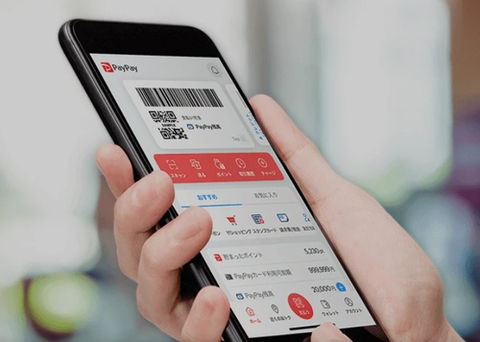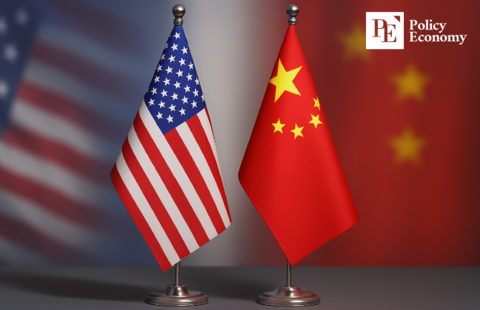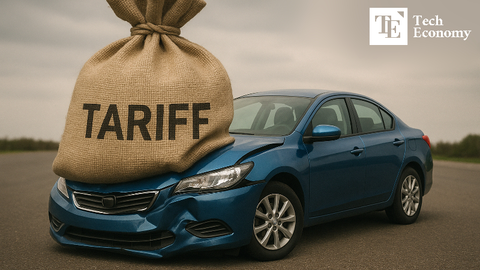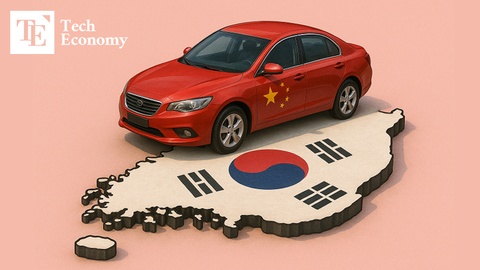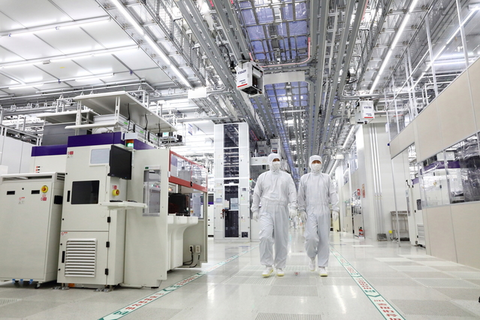"Despite Plunge in Exports to the U.S., Shipments to ASEAN on the Rise" — Surge in Chinese Rerouted Exports via Southeast Asia to Evade Trump’s High Tariffs
Input
Modified
Direct exports from China to the U.S. plunged 43% in May, while total exports rose 4.8% Increase driven by rerouted shipments via Vietnam, ASEAN, and India U.S. targets China in trade talks with Vietnam, imposes double tariffs on transshipped goods
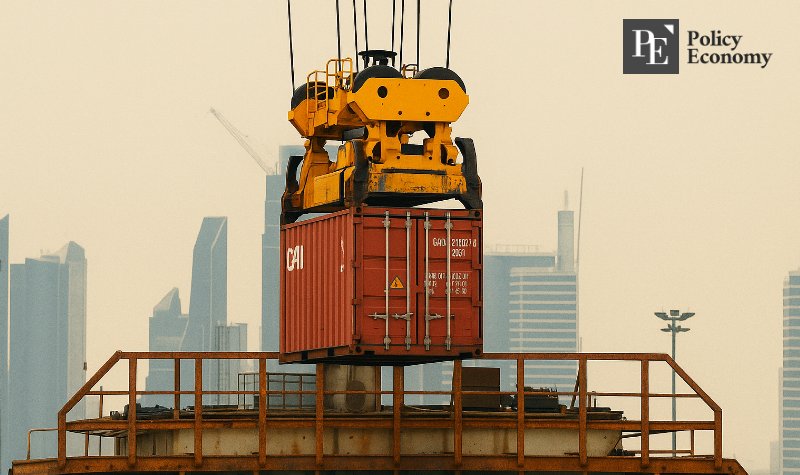
China’s exports to the U.S. have plummeted, while shipments to ASEAN and the European Union have significantly increased, with rerouted exports through Vietnam and Indonesia hitting record highs. As direct shipments to the U.S. decrease, China is diversifying its trade routes through third-party reexports and targeting emerging and European markets. President Donald Trump’s tariff policy appears to be reshaping the very foundation of China’s trade patterns.
Shipments to ASEAN Bloc Rise 15%
On the 6th (local time), the Financial Times (FT) reported, citing data from the U.S. Department of Commerce and China’s General Administration of Customs, that China's exports to the U.S. in May fell 43% year-on-year, amounting to USD 15 billion. However, during the same period, China’s overall exports rose by 4.8%.
This is attributed to a 15% rise in shipments to the ASEAN trade bloc and a 12% increase in exports to the EU, offsetting the losses from the U.S. market. Mark Williams, Chief Asia Economist at Capital Economics, said, “The data shows a truly remarkable pattern.”
Indeed, rerouted Chinese exports via Vietnam and Indonesia have surged recently. According to Capital Economics, in May alone, Chinese goods passing through Vietnam reached USD 3.4 billion, up 30% from the same period last year. Indirect trade through Indonesia stood at USD 800 million, a 25% increase year-on-year. Chinese data also showed exports of electronic components such as printed circuits, smartphone parts, and flat panel display modules to Vietnam surged 54% from a year earlier, reaching USD 2.6 billion.
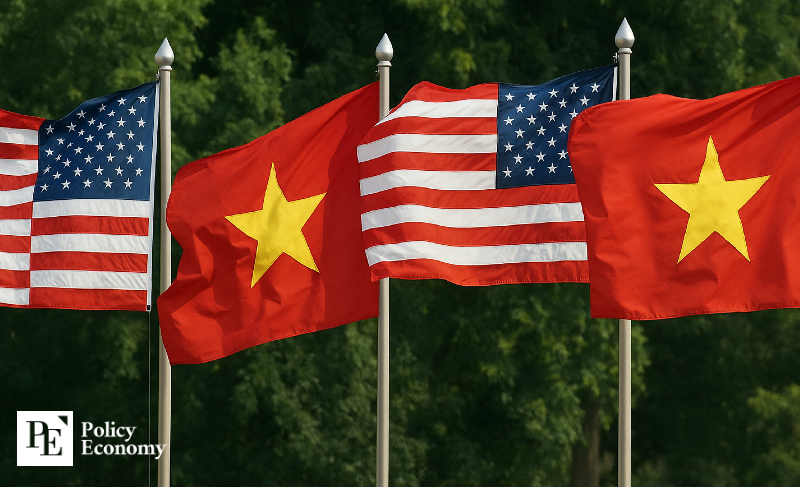
U.S. Imposes 40% Tariff on Rerouted Goods via Vietnam
In response, the Trump administration has moved to block such rerouted exports by imposing high tariffs on trans-shipped Chinese goods in its trade deal with Vietnam. On the 2nd, Trump announced via Truth Social that the U.S. had signed a trade agreement with Vietnam. While mutual tariffs were significantly reduced from 46% to 20%, a 40% tariff was set specifically for rerouted goods. The aim is to fundamentally block China’s so-called “origin laundering” practices. The U.S. has long accused China of circumventing tariffs by exporting goods through Southeast Asian nations like Vietnam.
Although specific terms of the deal were not disclosed, U.S. political media outlet Politico, which obtained a draft of the agreement, reported that both sides are working toward a final deal to be concluded in the coming weeks, which will substantially reduce tariffs on Vietnamese exports to the U.S. The draft reportedly includes tariff reductions on a range of products including shoes, agricultural goods, and toys, though it did not specify final tariff rates.
Politico also noted that Vietnam is expected to establish favorable rules of origin to reduce transshipment of Chinese goods, and to dismantle non-tariff barriers such as those involving intellectual property (IP). Furthermore, Vietnam agreed to grant the U.S. preferential market access for poultry, pork, beef, agricultural products, and unspecified manufactured goods.
Vietnam in a Bind over Transshipment Clause
As the U.S. explicitly targets China’s rerouted exports with the “40% tariff on transshipped goods” clause in its trade deal with Vietnam, China has strongly pushed back. On the 3rd, China’s Ministry of Commerce stated in a regular afternoon briefing that “(The U.S.) reciprocal tariffs are a typical unilateral act of bullying,” and added, “We strongly oppose any agreement that sacrifices China’s interests under the pretext of tariff reductions.” The Ministry warned, “China will resolutely defend its legitimate rights and interests.”
China’s Ministry of Foreign Affairs joined in. Spokesperson Mao Ning said, “All parties must resolve trade disputes through dialogue and negotiation on an equal footing,” adding, “Agreements should not target or harm third-party interests.”
Vietnam, which maintains deep economic ties with China, also faces significant pressure from the 40% tariff clause on transshipped goods. During the first Trump administration in 2018, China invested heavily in Vietnam to avoid tariffs amid the U.S.-China trade war. Many appliances exported to the U.S. are produced in Vietnamese factories operated with Chinese capital, using Chinese systems and components. However, former Trump trade officials, including Trump’s “tariff architect” Peter Navarro, have now said they will classify such goods as rerouted.
A further complication is the lack of a clear definition for “transshipped goods.” Roland Rajah, Chief Economist at the Lowy Institute, an Australian think tank, warned, “If the transshipment clause applies even when a Vietnamese product contains only trace amounts of Chinese components, it would create a much larger problem.”
China has consistently warned countries not to engage in trade deals with the U.S. that are detrimental to Chinese interests. On the 3rd, He Yungchen, spokesperson for China’s Ministry of Commerce, stated, “While we welcome efforts by all parties to resolve trade and economic disputes with the U.S. through equal consultation, we firmly oppose any attempt to reach agreements at the expense of China’s interests,” adding, “If such situations arise, China will take resolute countermeasures.”
Moreover, China may shift rerouting channels from Vietnam to other neighboring countries to avoid U.S. tariffs. Xu Tianchen, a senior economist at the Economist Intelligence Unit (EIU), said, “The broader structural issue is that China is the world’s largest producer, while the U.S. is the largest consumer,” adding, “If you block Vietnam, others will emerge. It’s like a game of whack-a-mole.” He cited Indonesia and Morocco as potential alternative countries. Indeed, recent Chinese trade data shows that exports to Indonesia, Malaysia, and Thailand are also surging alongside Vietnam.



